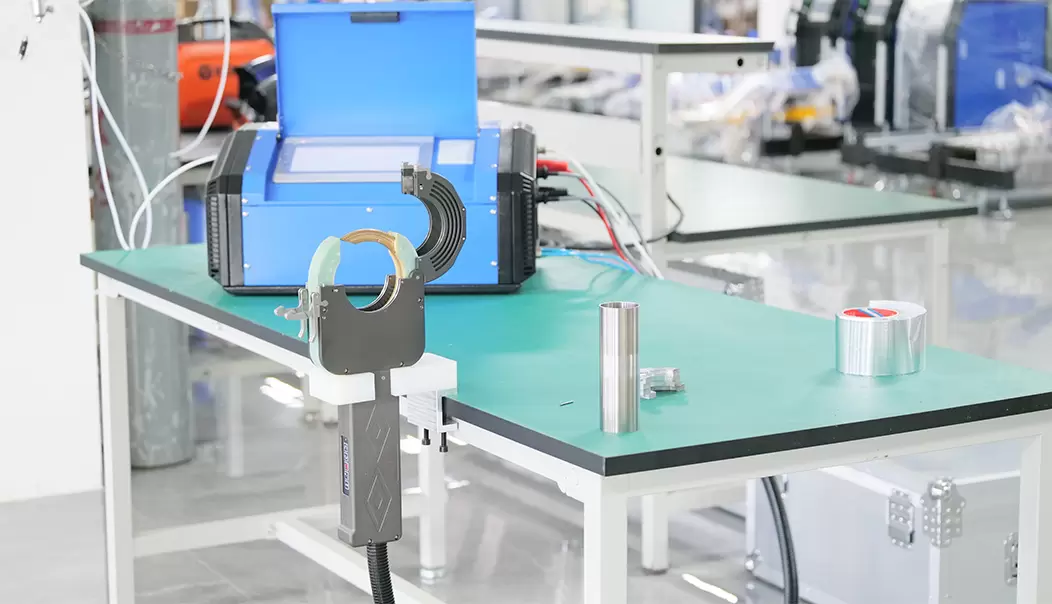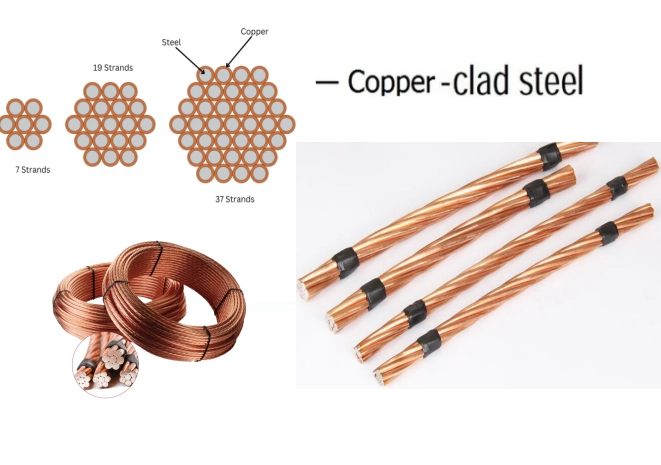Structural Composition of a Sulfuric Acid Economizer
https://www.jsksintelligent.com/Structural-Composition-of-a-Sulfuric-Acid-Economizer.html
The sulfuric acid economizer is a specialized heat exchange unit designed to recover thermal energy from hot process gases in sulfuric acid production facilities. While its operational benefits are well known, the true foundation of its performance lies in its structural design. Understanding the internal architecture of a sulfuric acid economizer is essential for engineers, operators, and maintenance professionals seeking reliable and efficient thermal systems.
1. Heat Exchange Tubes
At the heart of every sulfuric acid economizer lies the heat exchange tube bundle. These tubes are responsible for transferring heat from the high-temperature process gas to the selected heat medium, such as boiler feedwater or process air.
-
Typically arranged in parallel or staggered layouts to optimize thermal contact
-
Made of corrosion-resistant alloys such as stainless steel or high-nickel materials to withstand acidic environments
-
Designed with finned or plain surfaces, depending on gas velocity and required surface area
The configuration and material of the tubes directly impact heat transfer efficiency and long-term durability.
2. Outer Shell (Pressure Vessel)
Encasing the internal tube bundle is the shell or housing, which forms the pressure boundary of the economizer.
-
Fabricated from thick, high-grade steel to withstand internal pressure and external loads
-
Features inlet and outlet flanges for gas and heat medium flow connections
-
Equipped with inspection ports and manholes for maintenance access
-
Provides structural support for mounting the economizer in vertical or horizontal orientation
The shell also serves as a thermal barrier, reducing external heat loss and maintaining stable internal operating conditions.
3. Flue Gas Channel
The flue gas passage, also known as the gas flow channel, is precisely engineered to ensure uniform distribution of hot gas across the heat exchanger surface.
-
Designed with internal baffles or guide plates to enhance gas turbulence and contact time
-
Prevents localized overheating or fouling of the heat exchange tubes
-
Optimized for low pressure drop while maintaining effective heat transfer rates
-
Constructed with erosion- and corrosion-resistant lining materials for durability
Proper gas flow management ensures consistent thermal exchange and reduces mechanical stress on the tubes.
4. Heat Medium Pathways
In parallel with gas flow, the heat medium circuit is responsible for absorbing and transporting recovered energy from the economizer to downstream processes.
-
Includes internal manifolds, headers, and distribution pipes to direct medium through tube interiors
-
May be designed for single-pass or multi-pass flow, depending on system requirements
-
Integrated with temperature and pressure monitoring points for real-time control
-
Engineered to avoid flow stagnation, which can cause scaling or thermal stress
The geometry and flow direction of the heat medium path have a significant impact on both thermal performance and system responsiveness.
The performance and reliability of a sulfuric acid economizer are deeply rooted in its structural engineering. The synergy between heat exchange tubes, outer shell, flue gas channels, and heat medium paths ensures efficient energy recovery under the demanding conditions of sulfuric acid production.
Jiangsu Kesheng Intelligent Manufacturing Co., Ltd. specializes in the precision fabrication of these critical components, delivering high-performance economizers tailored to industrial thermal requirements.
www.jsksintelligent.com
Jiangsu Kesheng Intelligent Manufacturing Co., Ltd.

